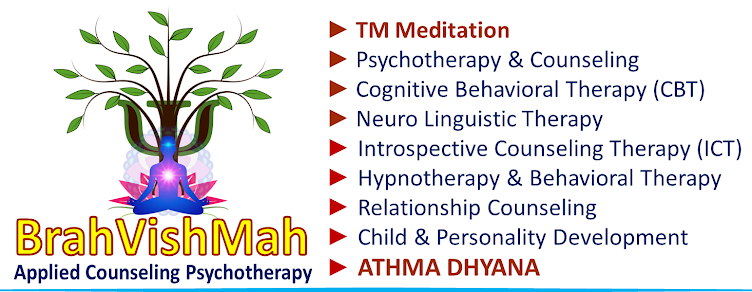Dysthymia is a continuous long-term (chronic) form of depression. It is sometimes referred to as mild, chronic depression, is less severe and has fewer symptoms than major depression. It causes continuous feelings of deep sadness and hopelessness. These feelings can affect your mood and behavior as well as physical functions, including appetite and sleep. As a result, people with the disorder often lose interest in doing activities they once enjoyed and have difficulty finishing daily tasks. The symptoms are less severe and longer lasting. They can persist for years and may interfere with school, work, and personal relationships. The chronic nature of PDD can also make it more challenging to cope with the symptoms.
Symptoms
The symptoms of PDD often begin to appear during childhood or adolescence. Children and teens with PDD may appear to be irritable, moody, or pessimistic over an extended period. They may also display behavior problems, poor performance at school, and difficulty interacting with other children in social situations
1) Persistent feelings of sadness and hopelessness
2) Sleep problems
3) Low energy
4) A change in appetite
5) Difficulty concentrating
6) Indecisiveness
7) A lack of interest in daily activities
8) Decreased productivity
9) Poor self-esteem
10) A negative attitude
11) Avoidance of social activities
Causes
1) A chemical imbalance in the brain
2) A family history of the condition
3) A history of other mental health conditions, such as anxiety or bipolar disorder
4) Stressful or traumatic life events, such as the loss of a loved one or financial problems
5) Chronic physical illness, such as heart disease or diabetes
6) Physical brain trauma, such as a concussion
Treatments
1) Psychotherapy (or talk therapy) is used in dysthymia and other mood disorders to help the person develop appropriate coping skills for dealing with everyday life and challenging erroneous negative beliefs about oneself. Psychotherapy can also help increase adherence with medication and healthy lifestyle habits, as well as help the patient and family understand the mood disorder
2) Cognitive Behavioral Therapy (CBT) has been empirically validated as an effective treatment for Dysthymic Disorder. In a study published in the New England Journal of Medicine in 2000, about three quarters of study participants experienced symptom reduction with a combined regimen of CBT and antidepressant medication, as opposed to roughly 48 percent of participants receiving either medication or psychotherapy alone
3) There are different classes of antidepressants available to treat dysthymia. Antidepressants may take several weeks to work fully. They should be taken for at least six to nine months after an episode of depression. In addition, it sometimes may take several weeks to safely discontinue an antidepressant, so let your doctor guide you if you choose to stop the drug
4) In
conjunction with medication, CBT can assist chronically depressed individuals
with identifying and reshaping the thoughts and behaviors that maintain their
depressive symptoms and interfere with their ability to form new habits of thought
and action. Through this process, CBT can help to undo negative beliefs that
many chronically depressed individuals harbor about their self-worth and
ability to achieve goals, and assist in building skills which support healthier
functioning





No comments:
Post a Comment